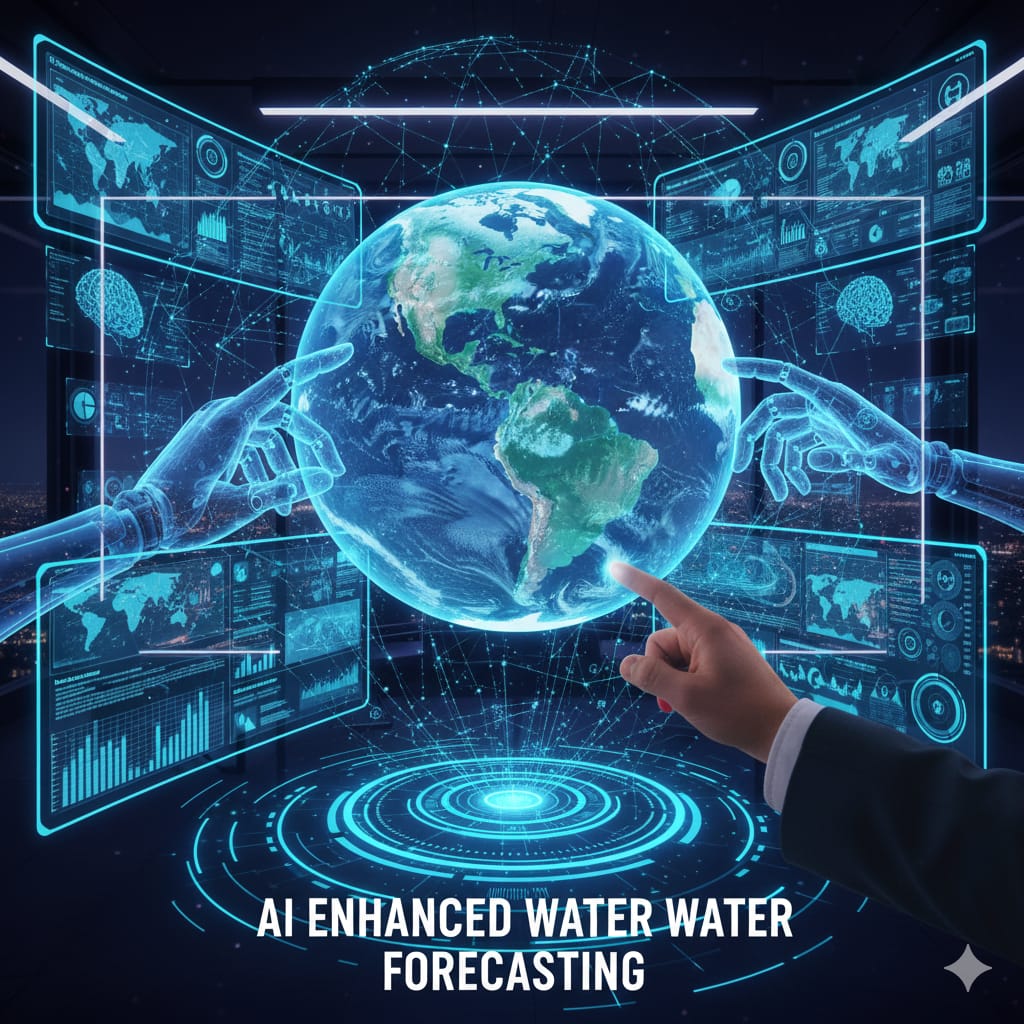Introduction to AI-Enhanced Weather Forecasting
Weather forecasting has significantly evolved with the integration of artificial intelligence (AI) and automation technologies. Traditional models, relying on conventional meteorological data and simulations, have been enhanced by AI's ability to process vast datasets rapidly and identify complex patterns. This advancement not only improves forecast accuracy but also delivers substantial business value, helping organizations mitigate risks and optimize resource allocation during disasters.
Applications and Real-World Examples
Notable organizations like NASA and the National Oceanic and Atmospheric Administration (NOAA) have incorporated AI-driven models to enhance weather prediction capabilities. For instance, NASA’s AI models analyze satellite imagery and sensor data to predict severe weather events with greater precision [1]. Meanwhile, NOAA leverages machine learning algorithms to refine storm tracking and precipitation forecasts, enabling earlier and more reliable warnings [2].
These developments have practical applications across various business sectors:
- Supply Chain Management: Accurate weather forecasts allow logistics companies to reroute deliveries and manage inventory proactively to avoid weather-induced disruptions.
- Agriculture: Farmers utilize precise forecasts to optimize planting, irrigation, and harvesting schedules, minimizing crop losses.
- Energy Sector: Utilities forecast weather-dependent energy demands (e.g., heating or cooling), improving grid reliability and efficient energy distribution.
- Insurance: Better predictions aid insurers in risk assessment and rapid claims processing after weather-related disasters.
Improved Disaster Preparedness and Response
AI-enhanced forecasting underpins robust disaster preparedness strategies. Automated early warning systems can trigger alerts faster, allowing governments and businesses to mobilize resources efficiently. For example, automated evacuation notices and supply chain adjustments save lives and reduce economic losses during hurricanes, floods, or wildfires [2].
Implementing AI-Driven Weather Forecasting in Business
To leverage AI-enhanced weather forecasting, businesses can follow these key steps:
- Data Integration: Aggregate diverse weather data sources, including satellite imagery, sensor networks, and historical datasets.
- Model Selection and Training: Choose appropriate AI models—such as deep learning or ensemble methods—and train them on relevant datasets to enhance prediction accuracy.
- Automation of Alerts and Decision-Making: Develop automated workflows that translate forecast data into actionable business decisions, such as inventory shifts or emergency responses.
- Continuous Monitoring and Updating: Regularly update AI models with new data to maintain prediction accuracy and adapt to changing climate patterns.
Potential Risks and Challenges
Despite its advantages, implementing AI in weather forecasting presents certain risks and challenges:
- Data Quality and Bias: Inaccurate or incomplete data can lead to erroneous predictions, affecting business decisions adversely.
- Overreliance on Automation: Excessive dependence on AI without expert oversight may result in missed anomalies or model failures.
- Privacy and Security: Collecting and integrating numerous data sources necessitates stringent data privacy and cybersecurity measures.
- Cost and Complexity: Developing and maintaining AI models requires significant investment and technical expertise.
Addressing these risks requires establishing rigorous data governance policies, incorporating human-in-the-loop oversight, and investing in staff training and infrastructure.
Conclusion
AI-enhanced weather forecasting stands as a powerful tool for businesses and governments to improve disaster preparedness and operational efficiency. By harnessing sophisticated AI models developed by institutions like NASA and NOAA, organizations can transform raw meteorological data into actionable intelligence—leading to saved lives, optimized resources, and reduced economic impact. Implementing thoughtful AI automation strategies, while managing associated risks, is essential to fully realize this transformative business value.




